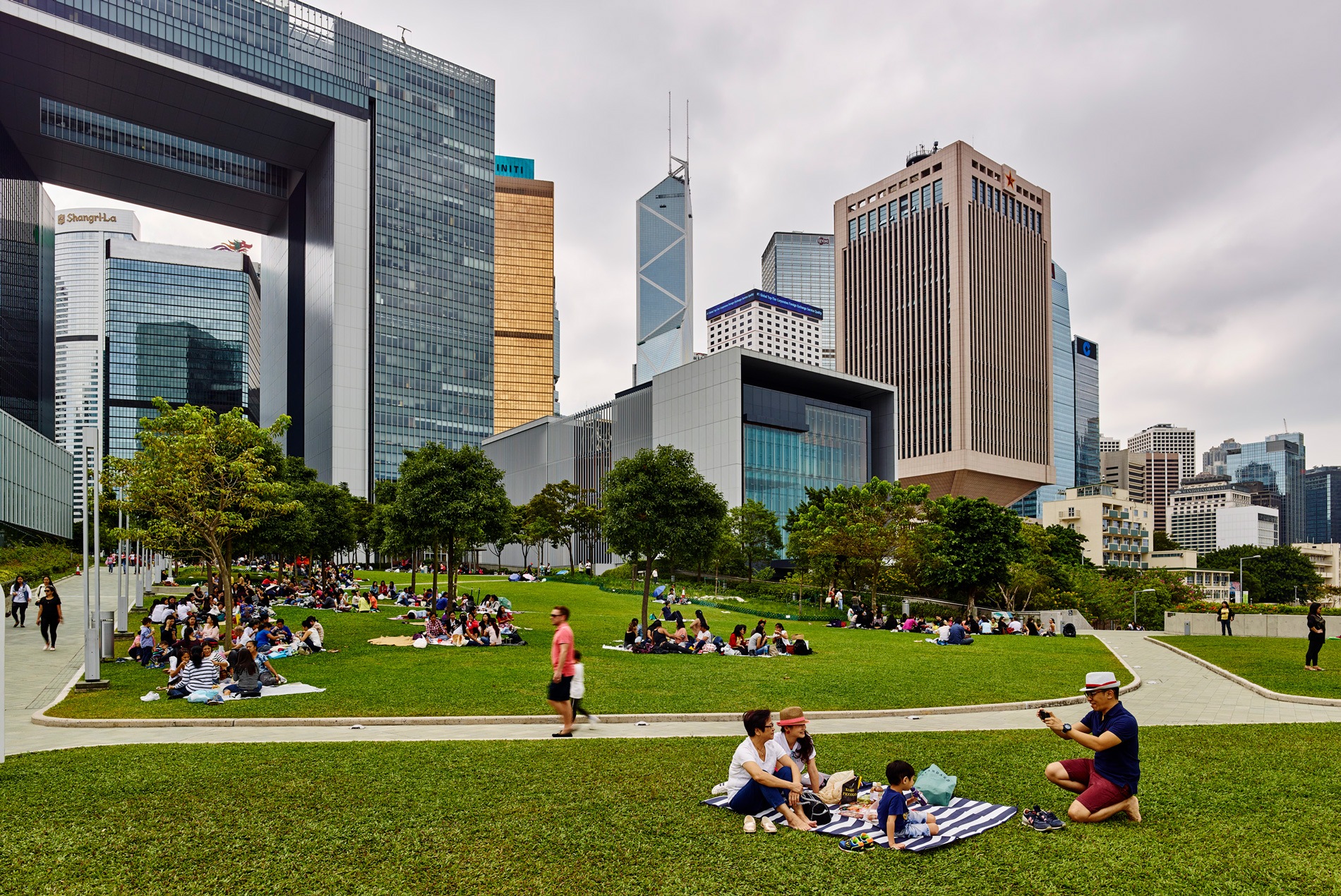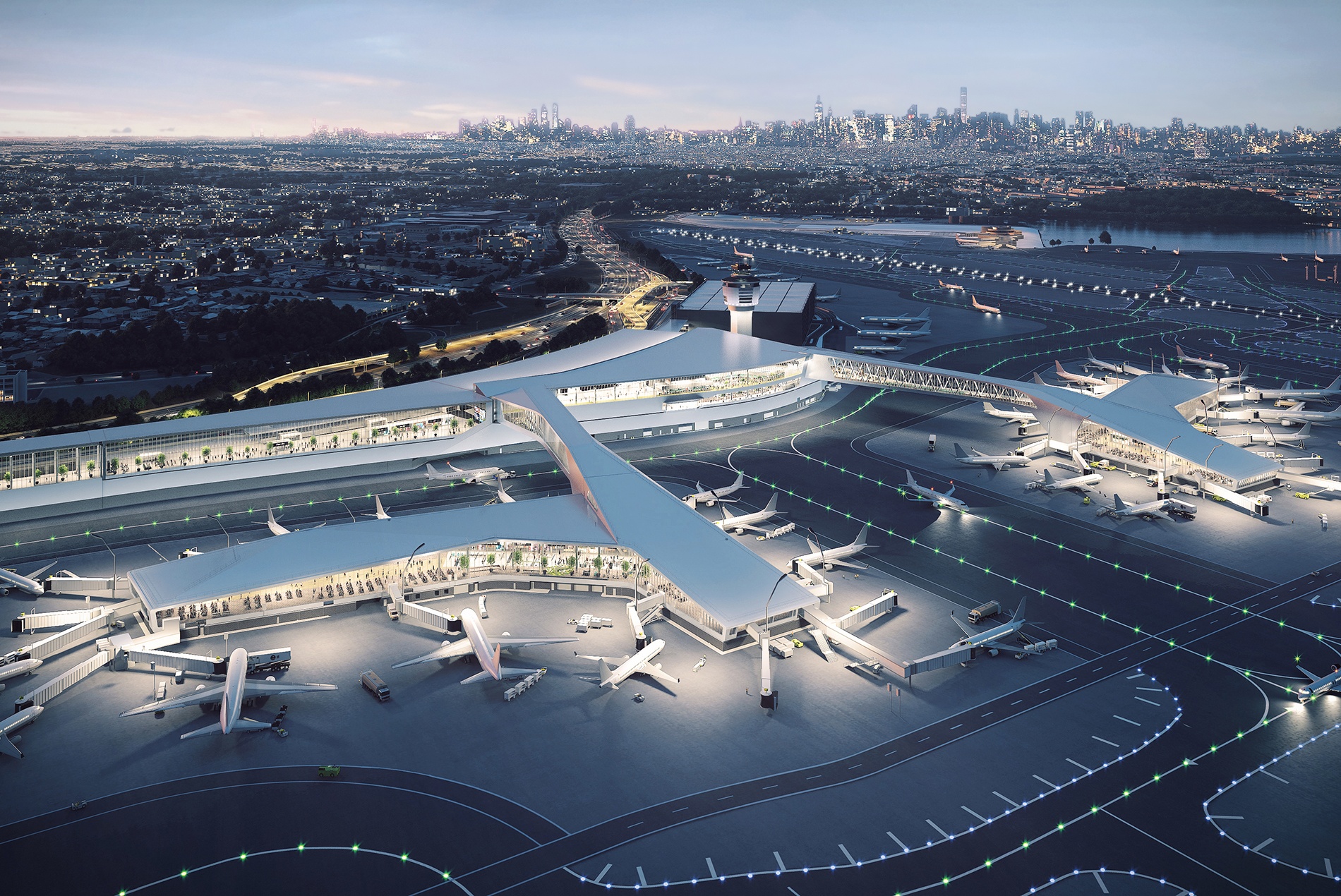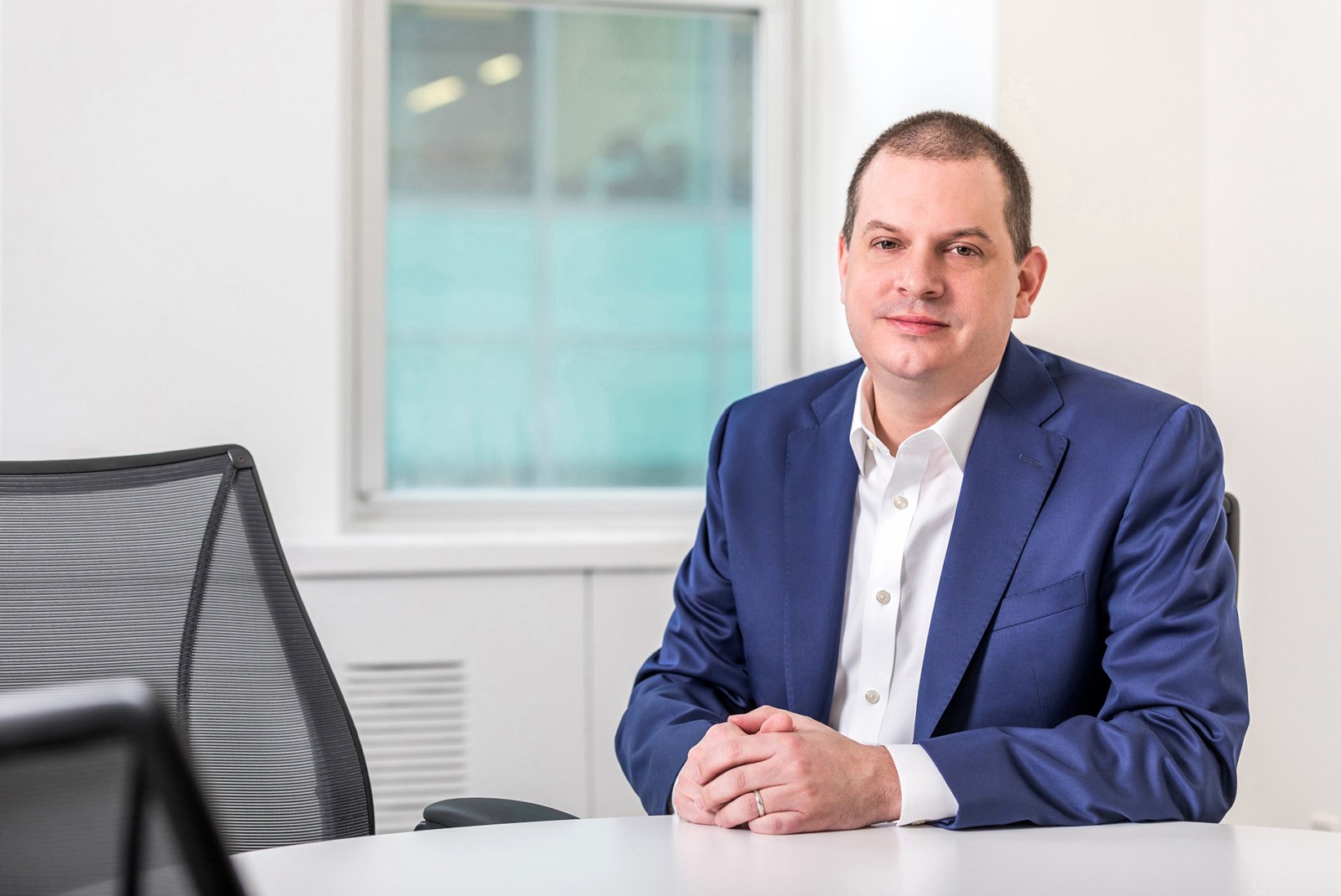Sea levels are rising, average temperatures are going up and, as we witnessed with hurricanes Harvey and Irma, powerful storms are becoming more frequent.
These extreme weather events, combined with elevated security threats, are amplifying interest in resilient design. In the following interview, Bill Kenworthey, leader of HOK’s planning practice for the Northeast U.S., discusses his team’s approach to resilient urban design and what cities can do to ensure their long-term viability.
Resiliency is the ability of a city, campus or building to bounce back from a disruption or a disaster—whether that’s a flood, an outage in the power grid or a terrorist attack. As we saw with the recent hurricanes in Texas and Florida, the frequency and intensity of natural events are being exacerbated by warmer temperatures. Urban designers consider these worst-case scenarios as we respond to a project’s design challenges for a street, park, building or urban district. Resilient design seeks to protect people and communities from these threats.

Resilient urban design must always be place-based and respond to the priorities of a community, the character of the place and the specific threats to an area.
After Hurricane Sandy in 2012 I helped lead the coordination of the community planning effort for the New York City Mayor’s Special Initiative for Rebuilding and Resiliency to create “A Stronger, More Resilient New York.” Initial efforts for that important project attempted to get enough information to understand the new normal. The FEMA flood maps were decades old and needed updating. In addition, the New York City Panel on Climate Change was revising the latest projections on sea level rise. These two important data points influenced our planning response.
We looked at each impacted community to fully understand their vulnerabilities related to coastline protection, critical infrastructure, buildings and economic development. Although tailored to each community, several themes emerged across the impacted areas. Several of New York City’s power plants are located along the waterfront, which created the blackout conditions. Many of our city’s public housing facilities also are near the water, causing Sandy to hit our most vulnerable populations.
We need to design protective measures that improve the neighborhood and become a living part of the city. How do we tailor what we’re trying to build with design goals that include resiliency? How can we make a wall not a wall? How can we positively integrate these measures into everyday city life? Are there areas that will be less protected? The challenge for urban design thinking is to address these conditions.

For LaGuardia Airport’s new Central Terminal B, our team is rebuilding the entire terminal in place and elevating all of the critical services so that they are out of the flood hazard zone. By also flood-proofing low-lying areas, we can limit the vulnerabilities.
In Connecticut, our I-84 Hartford Project master plan is addressing the economic resilience of a city and the infrastructure security issues involved with a new major transit center. The goal for our plan is to stitch together parts of Hartford that were separated by the construction of Interstate 84 in the 1970s and help spur a mixed-use transit-oriented district around the new multi-modal station.
Green infrastructure is one tool for bringing resilience to a development or community. In addition to enhancing the public realm and potential for absorbing and conveying stormwater, green infrastructure can integrate barriers that prevent vehicles from entering public spaces. Street trees provide shade to help cool the city and mitigate the urban heat island effect. Selecting plants for resilience in a changing climate by considering temperature and watering needs is an important part of a design. We need to think about the opportunities for plants and soil to become part of the infrastructure in urban areas.
Though codes and regulations are heading toward advancing resiliency, many owners are getting ahead of it as they see the increased value for their assets. HOK is fortunate to have forward-thinking clients who understand the long-term impacts of these measures and are proactive. All owners, urban designers and architects want to create value. Having a clear set of design goals that allow for creative, innovative solutions for resilience helps us do that.
Resilient urban design really is about the long-term livability of cities. Balancing day-to-day needs with long-term threats will be increasingly important design considerations.
